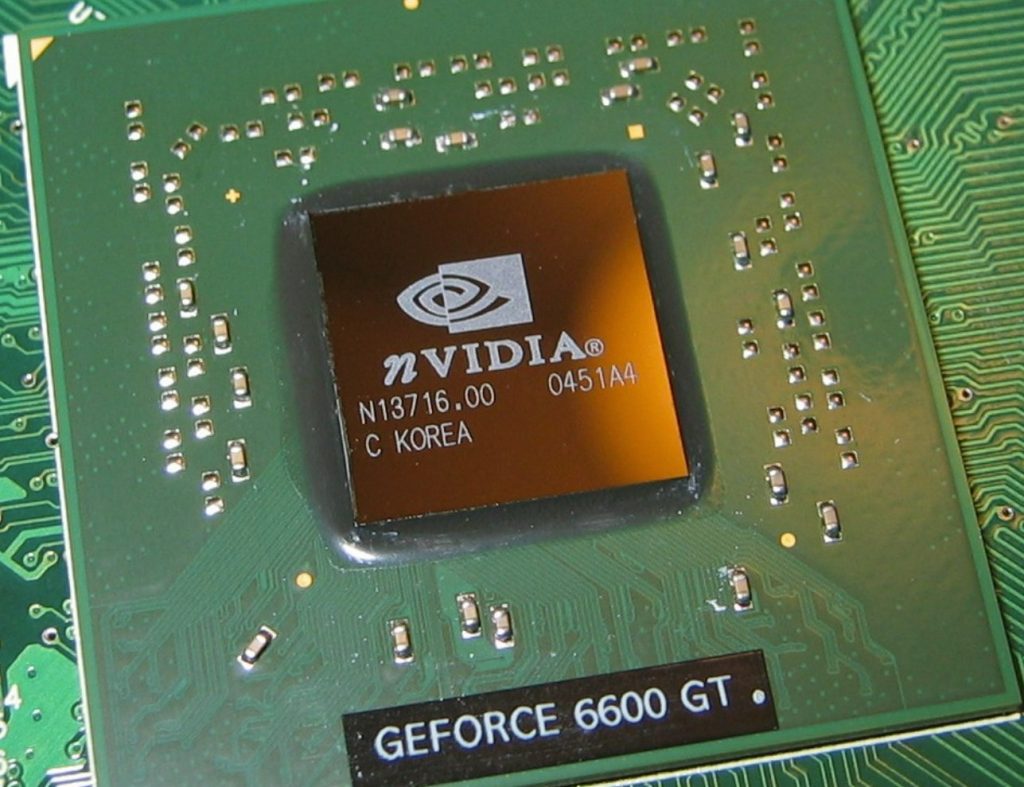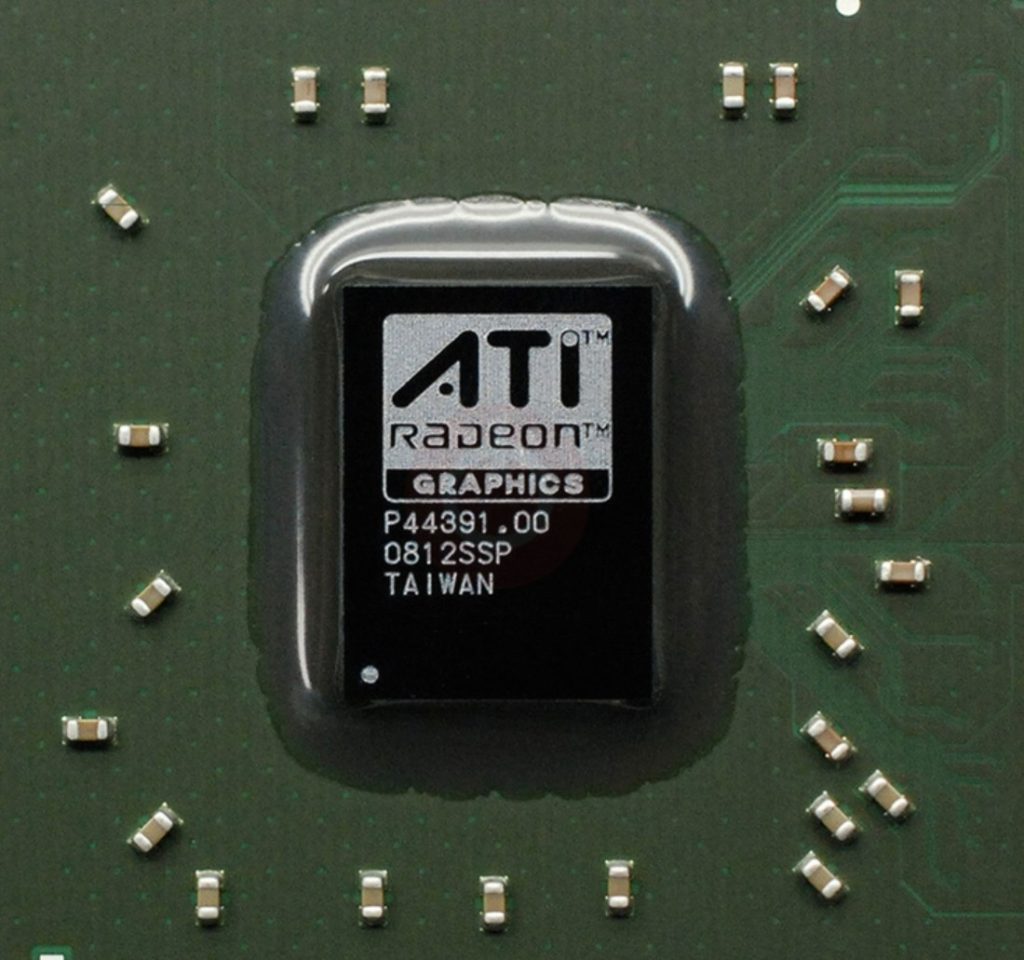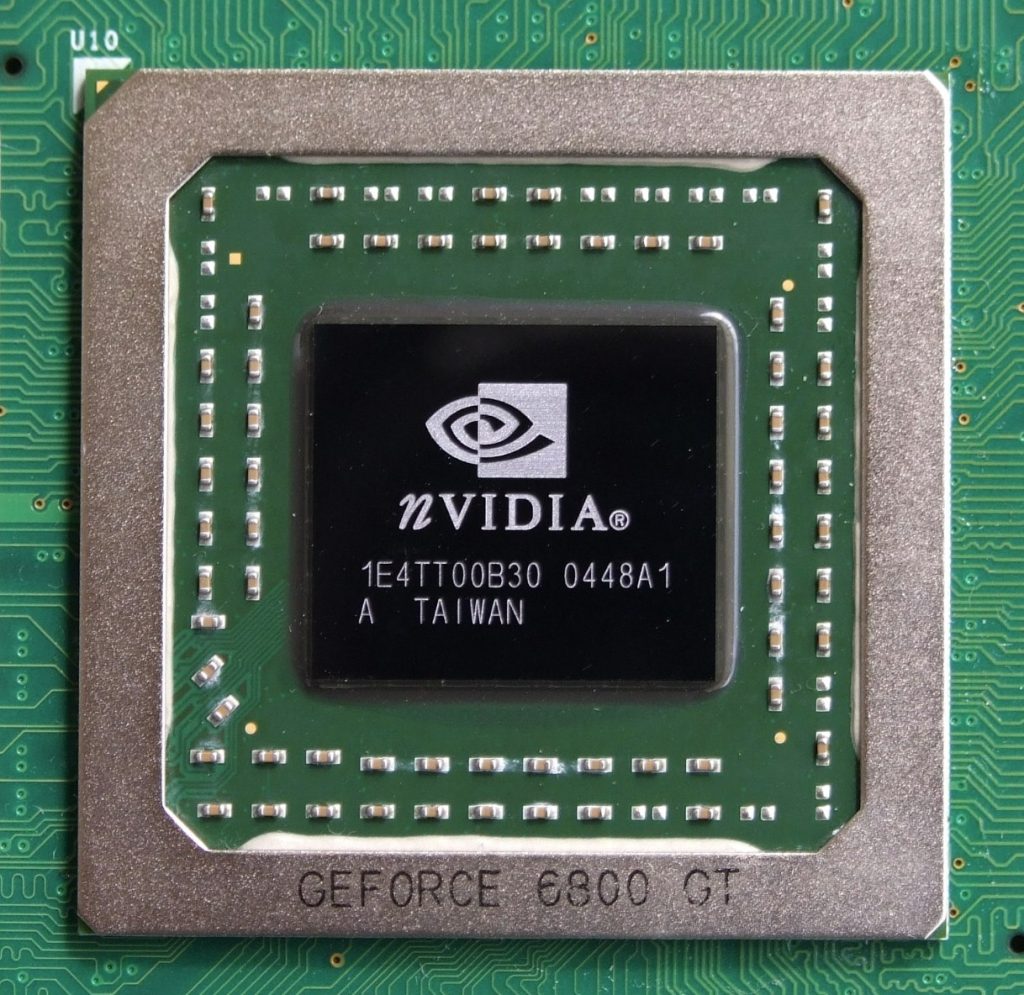A functioning CPU fan is essential for maintaining optimal temperatures within your computer. When your Asus motherboard detects an issue with the CPU fan, it might display a “CPU Fan Error” message during startup. This error prevents the system from booting completely to safeguard your CPU from overheating. Here’s a comprehensive guide to troubleshoot the CPU Fan Error on Asus motherboards.
Part 1: Basic Checks
Physical Verification:

To troubleshoot the CPU fan issues on your Asus motherboard, it’s crucial to visually inspect the CPU fan within your computer case. Begin by opening the computer case and locating the CPU fan, ensuring it is securely fastened to the CPU heatsink. Verify that the fan cable is firmly plugged into the designated CPU_FAN header on the motherboard. This connection is vital for the proper functioning of the fan and its communication with the motherboard for speed and thermal control.
During the inspection, thoroughly examine the fan assembly and its connection for any loose wires, disconnected connectors, or visible damage. Additionally, ensure that there are no obstructions hindering the fan’s operation. By performing this visual check and confirming the secure installation and connectivity of the CPU fan, you can effectively address any potential issues related to the fan’s functionality and its integration with the motherboard, promoting optimal cooling performance for your CPU.
Fan Functionality:
Before diagnosing your CPU fan’s issues on your Asus motherboard, it’s important to perform a physical inspection of the fan itself. Turn off your system and locate the CPU fan. Gently spin the fan blades with your finger. The blades should rotate freely without any obstruction or grinding noises. If you notice any sluggishness or unusual sounds while rotating the fan, it might indicate a fault within the fan assembly. A faulty fan can disrupt the cooling process and potentially lead to overheating issues for your CPU.

In cases where the fan displays signs of malfunction during this manual check, it’s advisable to consider replacement. A faulty CPU fan can jeopardize the overall thermal management of your system, impacting the CPU’s performance and potentially causing long-term damage. By identifying and addressing a defective fan promptly, you can ensure the continued efficient cooling of your CPU and maintain the overall stability and longevity of your system.
Part 2: BIOS Settings
CPU Fan Speed:
To troubleshoot the CPU fan issues on your Asus motherboard, it’s essential to access the BIOS (Basic Input/Output System) settings. Begin by entering the BIOS interface during the system’s boot process. Once inside the BIOS, navigate to the section where fan speeds and monitoring settings are located. Look for the specific entry labeled “CPU Fan Speed” and verify that it displays a reading. If the reading indicates a value of zero (0) RPM, it suggests that the motherboard is not detecting the CPU fan, indicating a potential issue with the fan’s operation or its connection to the motherboard.
This step serves as a critical diagnostic measure, allowing you to identify any irregularities with the fan’s detection by the motherboard. Should the CPU Fan Speed show as zero, further investigation into the fan’s connection and functionality may be necessary to rectify the issue and ensure the effective cooling of the CPU in the system.

CPU Fan Control:
Within the BIOS Fan settings, you’ll find options related to CPU fan control. In some Asus motherboards, this might be labeled as “CPU Q-Fan Control.” Try setting it to different modes like “DC Mode” or “PWM Mode”. Additionally, you might find an option for “CPU Fan Speed Low Limit.” Try setting this value to a lower RPM (e.g., 200 RPM) to see if the system recognizes the fan speed.
Part 3: Advanced Troubleshooting
BIOS Update:
If you are encountering compatibility issues with certain CPU fan models in your Asus system, it is important to consider the potential impact of outdated BIOS versions. Outdated BIOS can sometimes result in compatibility issues with newer CPU fan models. To address this, it’s recommended to visit the official Asus website and locate the support section for your specific motherboard model. Once there, you can search for and download the latest BIOS update available for your motherboard.
Updating the BIOS can often resolve compatibility issues and introduce improvements to fan control functionality. However, it’s essential to approach BIOS updates with caution, following the manufacturer’s instructions meticulously to ensure a smooth and successful update process.

By staying proactive about keeping the BIOS updated, users can help to mitigate potential compatibility challenges and optimize the functionality of CPU fans within their Asus systems. When performed correctly, updating the BIOS can offer an effective solution to compatibility issues, contributing to improved system stability and performance.
Alternative Fan Header:
If the CPU_FAN header seems faulty, some Asus motherboards have additional chassis fan headers (CHA_FAN). Carefully try connecting the CPU fan to a different fan header on the motherboard. This can be a temporary solution until you replace the CPU_FAN header or the motherboard itself (depending on the diagnosis).
Part 4: Additional Considerations
Third-Party CPU Coolers:
When incorporating a third-party CPU cooler with a non-standard fan connector into your system, it’s crucial to verify its compatibility with your Asus motherboard to prevent any potential issues. Before proceeding, referencing the cooler’s manual or visiting the manufacturer’s website is imperative. Doing so will provide specific instructions on properly connecting the fan to the motherboard, ensuring compatibility and optimal performance.
Understanding the unique specifications and requirements of your Asus motherboard is essential. This includes the compatibility standards of the third-party cooler to ensure seamless integration. Online forums or user communities can provide valuable insights and practical recommendations. Taking proactive measures and seeking guidance from the cooler’s manual or manufacturer’s support channels is important. This helps users ascertain the correct installation and compatibility procedures. It also mitigates the risk of encountering operational issues related to fan connectivity on Asus motherboards.
Professional Help:
If attempts to address the CPU Fan Error within an Asus system are unsuccessful despite following the aforementioned solutions, it is recommended to consider enlisting the expertise of a professional computer technician. Seeking assistance from a qualified technician can offer several advantages in resolving the issue. These professionals possess the expertise and resources to conduct a more thorough diagnosis of the problem, enabling them to pinpoint the root cause of the error and provide precise solutions.

Proficient computer technicians are equipped to perform in-depth hardware diagnostics. This can be instrumental in identifying and rectifying potential hardware malfunctions such as a faulty fan or a damaged motherboard CPU_FAN header. Their technical knowledge and experience enable them to navigate complex hardware issues proficiently. This ensures accurate and effective resolution of the CPU Fan Error.
By engaging the services of a competent technician, users can benefit from expedited error resolution. They will also have the assurance that the underlying hardware issues are addressed with precision and expertise. This minimizes the risk of further complications.
Important Safety Note:
While troubleshooting the CPU Fan Error, ensure your computer is turned off and unplugged from the power source. Opening your computer case and handling internal components requires care to avoid damaging delicate parts.
By following these steps systematically, you should be able to identify the cause of the CPU Fan Error on your Asus motherboard and implement the appropriate solution. Remember, a functional CPU fan is crucial for your system’s health, so prioritize addressing this error to prevent potential overheating issues.





